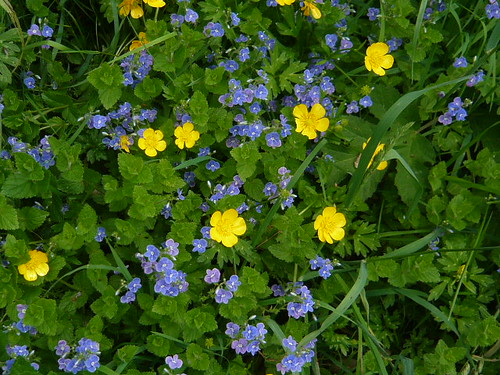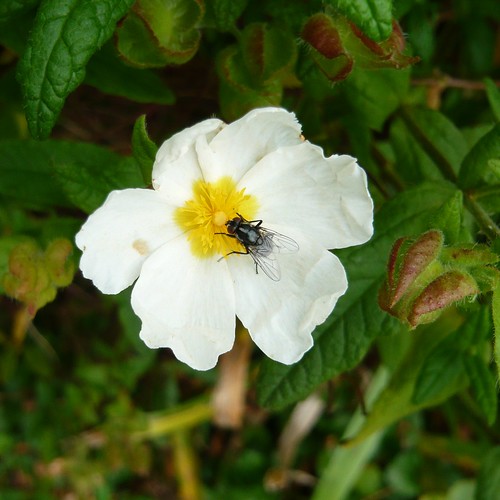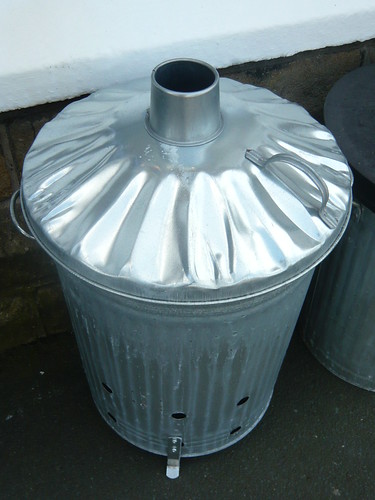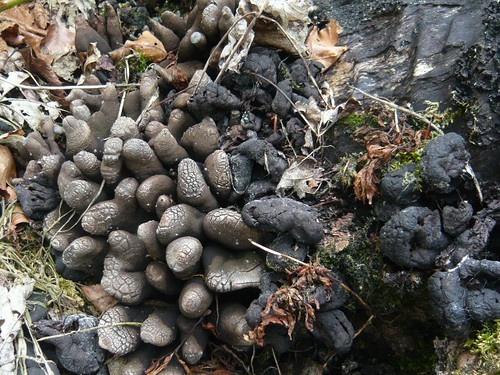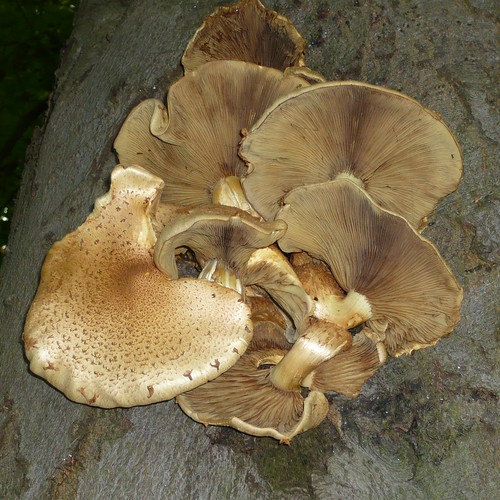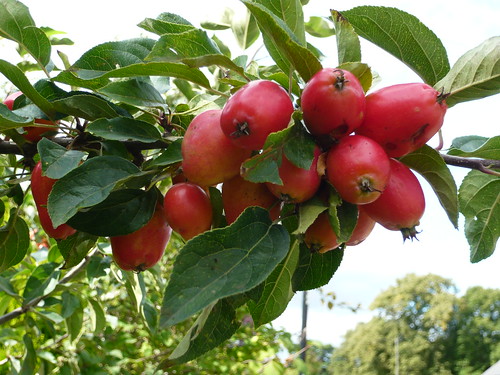
Crab apples can be used as food, for ornamental effect, to help pollination, or for the wood. The wild crab apple found individually in woods has green fruit turning golden in Autumn. Cultivated crab apples vary in habit and grow upto 10 feet. Fruiting this year looks like a bumper harvest after the wet weather earlier in the year.
Crab Apples make attractive ornamental trees with their pink or white blossom, followed by colourful autumn fruits that make delicious preserves. Varieties John Downie, Golden Hornet, Laura and Red Sentinel are all self fertile. Crab apples planted near fruiting apple trees make excellent pollinators and will help pollinating bees to increase your crops.
Crab apples are used to make jelly, pickles or can be roasted and served with meat or added to winter ale or cider. Any unpicked fruits will soften after a few frosts and will create a sumptuous food source for wild birds from late January until March. For a jelly recipe with a chillie kick try Cottage Smallholder
The timber of the crab apple is uniform in texture and if dried slowly, is excellent for woodworking. At one time it was used for making set-squares and other drawing instruments. Failing that apple wood burns in your chimenea of fire grate with a nice aroma.
Order now for winter delivery Crab Apples at Thompson & Morgan

